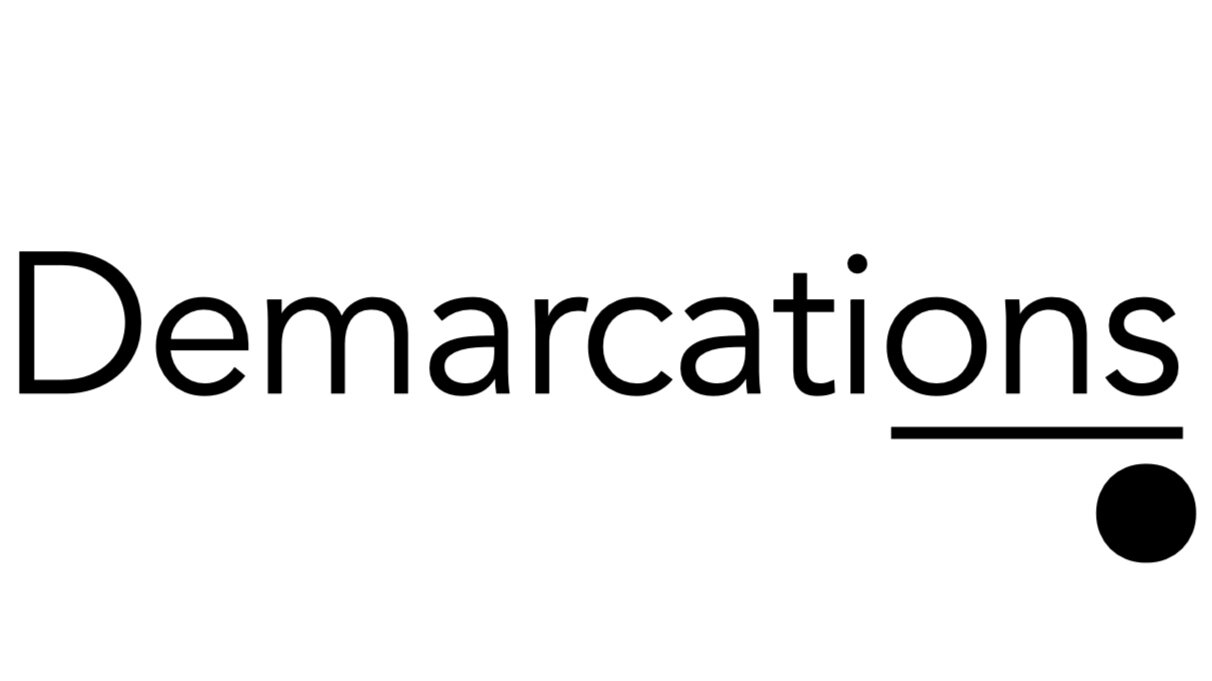Jordon Furlong charts recent press on legal project management and thinks it's about to burst on center stage. He writes:
The day of the haphazard lawyer, who pursues a solution by intuition, experience and the loosest possible timetable, is drawing to a close. In his place is emerging the process-driven lawyer: disciplined, procedural and systematic, who understands that madness lies not in method, but in its absence. Most of us don’t like that idea. We’d much prefer to maintain the image of the ingenious lawyer who triumphs by intellect rather than by procedural discipline. It confirms our belief in our innate intellectual advantage over non-lawyer competitors — and, frankly, it makes us feel better about ourselves.....
The truth is, much of what lawyers do can be charted, diagrammed and proceduralized, and both the quality and the cost will be better for it. But that doesn’t mean there’s no room for smart, creative lawyers in the future. For one thing, systems don’t need to be straightforward and monotonous. More often than not, especially in the law, they’re complex and challenging, and they can easily be made elegant, precise, finely tuned, honed to a keen edge — the imagery of swordsmanship is intentional. And even within systems, a lawyer’s unique judgment, analysis and creativity can emerge.
I think this right and the whole post is worth reading. And as I've written before, good processes and standardized work facilitate, rather than hinder, creative thinking.

